
views
X
Research source
If your child has a disability, especially one that impacts their communication skills, it may be harder to tell if they are being mistreated. Here are some ways to identify signs of a problem.
Identifying Emotional Abuse
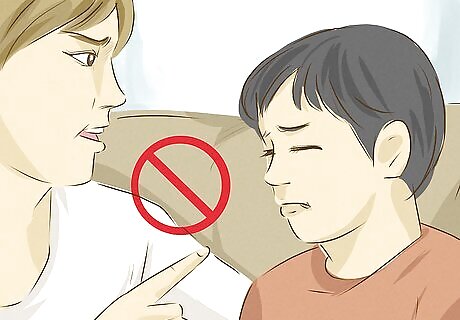
Look at name-calling, swearing at, and mocking of students. Students deserve an environment free of bullying, including bullying done by teachers. Teachers should not be belittling, talking down to, cursing at, or otherwise verbally lashing out at their students, nor should they make them cry. These are examples of things that should never be said to children: "You're so stupid!" "Go ahead and cry, crybaby." "Let me do that for you. You wouldn't understand it." "That's not how you say that word. Are you stupid?" "You're so annoying! You're just too much." "You sound like a baby. Waah-waah-waah! That's what you sound like." "Shut the **** up!" "These kids are animals."
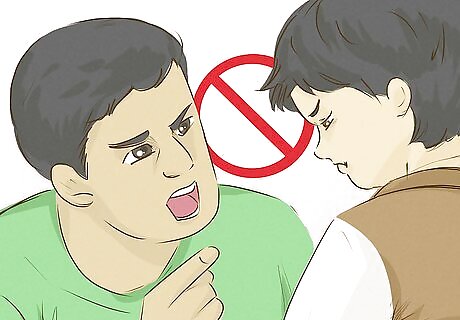
Examine the use of yelling in the classroom. Teachers may occasionally need to yell in order to be heard in a noisy room, but yelling should not be a frequent occurrence. Excessive or frequent screaming at students may frighten them and cause anxiety. A teacher should never yell at a student as a means of shaming or punishing them. Teachers should be mindful of students with sensory sensitivities. If they frequently yell despite it being overwhelming or painful to the student(s), or deliberately shout at students with sensory sensitivities, this is unacceptable.
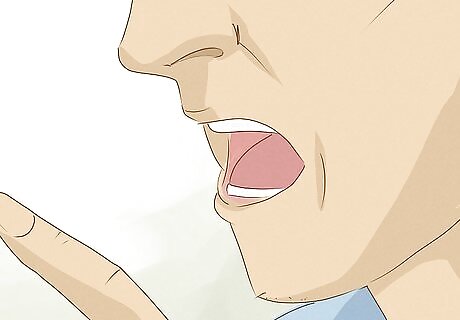
Notice over-controlling or unfair behavior. Abusive teachers may enforce strict rules, punish children unpredictably or for things out of their control, and instill fear into their students. Take note of any actions that seem like attempts to subdue or control students. Not allowing students to interact with non-disabled students Deliberately setting up students to fail Punishing students for harmless behavior (like rocking back and forth or fidgeting) Using excessively harsh punishments Not using positive reinforcement and/or ignoring any positive behavior Assuming behavior is pointless or attention-seeking without trying to discern the cause of it Disciplining disabled students more harshly than their non-disabled peers for the same behavior Punishing students for acting slow, sleepy, sensitive, sad, or sick Punishing students for disability symptoms (like punishing a child with Tourette syndrome for ticcing, punishing a child with ADHD for daydreaming, or punishing a child with epilepsy for "spacing out" during a minor seizure) Telling students to keep secrets
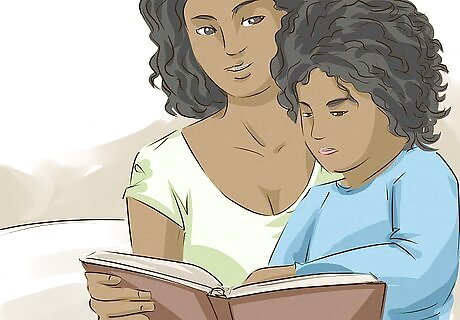
Consider if the child's accommodations are being adhered to. If a student has been given official accommodations (like an IEP), a teacher is legally required to adhere to that. Refusing to stick to accommodations, or only doing the bare minimum, is unacceptable if it interferes with a child's ability to function in school. Be alert for: Blocking or restricting access to assistive technology, sensory tools, comfort objects, or other accessibility aids/coping mechanisms Not letting the child go to their in-school services (e.g. speech or occupational therapy, or mental health counseling) Not allowing the child breaks Forcing the student to do schoolwork or tasks that they're not ready or capable of doing Attempting to remove services or accommodations without following the proper legal proceduresTip: It's not unusual for teachers or substitutes to not be aware of your child's specific accommodations, particularly if they're in mainstreamed classes, but they should honor your child's needs if you let them know about them.
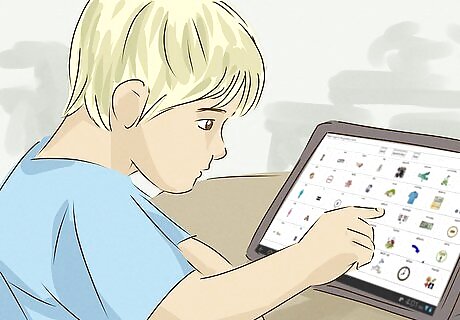
Notice if nonspeaking children are being prevented from communication. Just like it is inappropriate to tape a child's mouth shut, it's inappropriate to prevent or ignore non-verbal forms of communication. Communication is a right, not a privilege. Communication tools (such as PECS cards) being kept out of reach Tablets with communication apps being taken away if the student is "misbehaving" or "goofing off" Refusing to listen to forms of non-verbal communication, and only honoring spoken requests Refusing to spend time teaching nonverbal communication methods (such as picture cards or using a tablet) despite the parent/caregiver requesting this

Pay attention to threats. Teachers should not threaten physical harm or excessive punishments on students, nor should they coerce students into behaving a certain way. "If you don't stop, I'll push you to the ground and choke you out." "Put the toy away or you don't get lunch." "If you touch me, you will catch these hands." "We did this together. If anyone finds out, you'll go to jail, too." "Bad students go in the naughty closet. Is that where you want to go?" "If you tell anyone what happened, you'll get kicked out of this class. You won't be able to see your friends anymore."
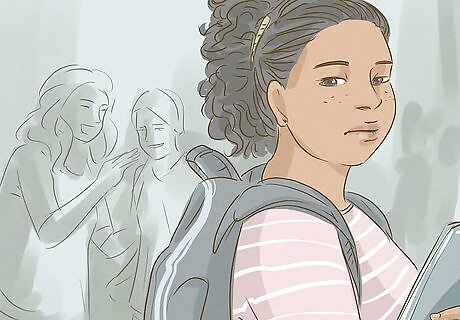
Think about how the teacher responds to concerns of bullying. If a child is being bullied, whether by their peers or by another adult, their teacher should take that seriously and take steps to keep the child safe. Ignoring bullying, telling the child to ignore it, or blaming them for not stopping the bullying is not an acceptable response. Disabled students are more likely to be bullied than their non-disabled peers. Special education teachers should be able to support and protect their students, especially those who have limited communication skills.
Identifying Physical Abuse
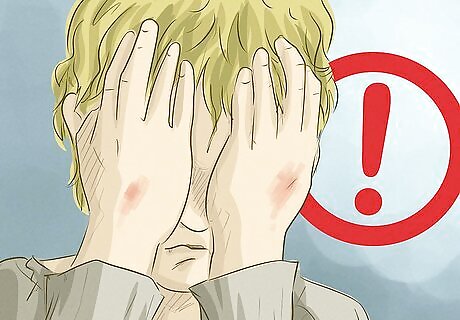
Look for unexplained injuries on the student. Bruises, cuts, hand marks, broken bones, burns, or other injuries should be taken seriously, as well as behavior indicating pain. If a student is injured and the teacher claims to not know where the injuries came from, or if their explanation doesn't make sense, that's a warning sign. Physical injuries can come from other students as well. However, the school should take bullying seriously. Dismissing the injuries is not acceptable. It is possible for accidents to happen at school. If that is the case, the school should notify the parents, be completely transparent about what happened, and take steps to prevent future accidents if possible.
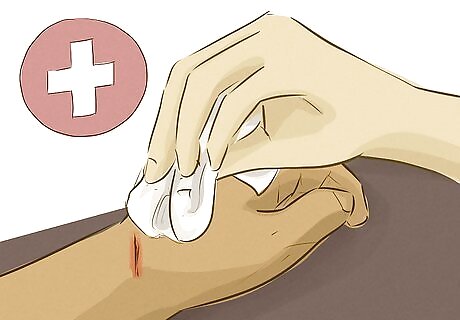
Pay attention to denial of treatment when a child is sick or injured. Educators are responsible for the safety of their students, and this means helping them when they have a medical problem. Neglecting medical needs is not okay. Ignoring or punishing a child for speaking up about an illness or injury Withholding a child's prescribed medications (e.g. insulin or ADHD medication) Making an injured or physically disabled child do a task they can't do (e.g. running on a sprained ankle) Refusing to let an unwell child see the nurse or go home when needed Punishing them for symptoms of illness (like curling up holding the stomach and closing their eyes due to the flu) Refusing or waiting a long time to call emergency services when something is terribly wrong, like a severe allergic reaction or a child passing out after being restrained
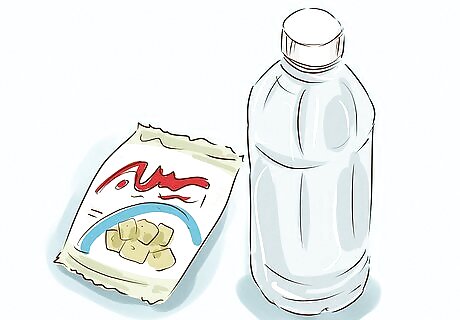
Notice if students don't have adequate access to basic necessities. Children should be able to eat when hungry, drink when thirsty, and use the bathroom when they need to, even if they have limited communication skills. Restricting access to basic necessities, or making it conditional, is abusive. Are students able to get a snack if they're hungry? Can students get a drink, or do they resort to behavior like trying to drink from a sink? Are students able to use the restroom when they need it? If a student still uses diapers or has an accident, do they get changed as soon as possible? If a student needs assistance to eat, drink, or use the bathroom, do they get the help they need or are they left to do it on their own? Are students' attempts to access food or drink seen as bad behavior instead of communicating a need? Is access to food, water, or the bathroom dependent on the child's behavior or ability to speak?
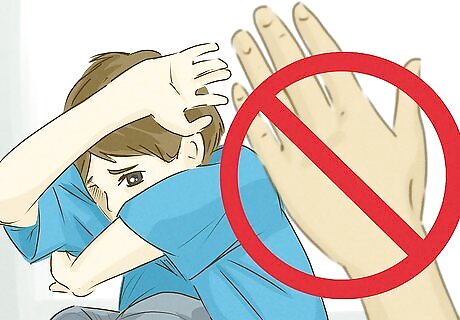
Identify harsh physical punishments or violent outbursts. While teaching can be a frustrating job, teachers have a duty to never harm their students. Physical violence against a student is never acceptable. Pushing, kicking, hitting, spanking, etc. Throwing objects at children or hitting them with objects Grabbing, dragging, wrestling, etc. Using "aversives" or "positive punishment" (forcing children to eat spicy food, spraying vinegar in the mouth, forcing students to touch textures they find gross or painful, etc.)
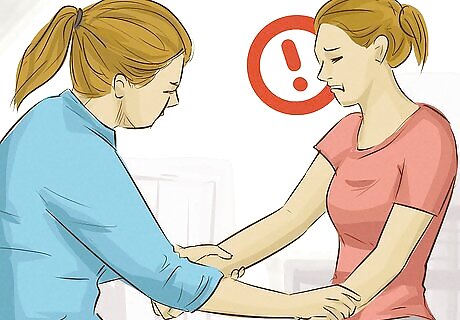
Pay attention to abusive restraint practices. "Restraint" means holding down a student (either part of them or all of them) in order to stop them from moving. Physical restraint can be traumatizing and sometimes life-threatening, and if used, should only be used by a trained professional as a last resort to keep someone from harming themselves or others. Inappropriate use of restraint includes: Using restraint as a first resort or punishment Use of mechanical restraints (e.g. handcuffs, straps on chairs, clothing designed to restrict movement) Restraining the child in a way that prevents communication (e.g. pinning the hands of a child who uses sign language) Medicating or drugging a student as a means of restraint Restraining a student for a long period of time Using forms of restraint that can compromise breathing (covering the nose and/or mouth, face-down/prone restraint, restraint on stomach, arms crossed in front of or behind body) Failing to free and check on a child who has stopped struggling or is experiencing signs of medical distress Restraints being done by people with little or no trainingTip: Parents or guardians should be notified as soon as possible after their child has been restrained.
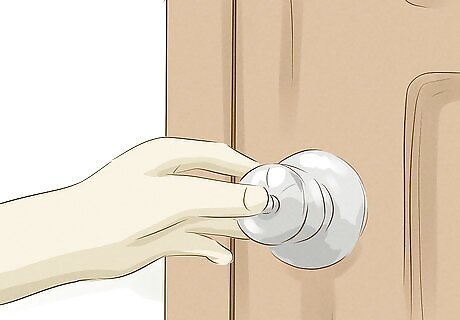
Notice abusive seclusion practices. There is nothing wrong with a school having "calm down" rooms where an overwhelmed child can take a break to relax. But a room designed to trap, control, or punish a child is traumatizing to a child, and is not acceptable. Identify problems like: Secluding a student as a first resort or punishment Rooms that are locked from the outside or held/barricaded shut Prison-like rooms with no calming activities (such as coloring books, fidget toys, puzzles, or stuffed animals) Unsafe objects or materials left in the room (e.g. sharp objects) Students being left in rooms with nobody monitoring them Seclusion used so often that it interferes with a student's ability to learnTip: Both restraint and seclusion are controversial practices, and can be frightening or traumatizing for students. Safe schools will limit or not use these practices.
Identifying Sexual Abuse

Be alert if a teacher disrespects boundaries. Students with disabilities still have feelings and boundaries, and a teacher needs to respect that. If a teacher is crossing or ignoring professional, emotional, or physical boundaries, that's a major red flag. Disrespect of boundaries may look like: Not honoring "no" or "stop" Brushing off or dismissing attempts to set boundaries (whether by teasing, mocking, or outright ignoring) Touching students in ways that they or their parent/guardian is uncomfortable with Initiating inappropriate physical contact, like hugs or kisses Sharing intimate life details with the student (such as talking in-depth about their relationship) Violating the student's privacy (e.g. walking in on the student in the bathroom when they don't need assistance) Texting, emailing, or otherwise contacting the student outside of schoolTip: Some disabled students may need help with self-care, like using the bathroom. However, any adult should ask the student before touching them, and the student should be allowed to communicate a "no".
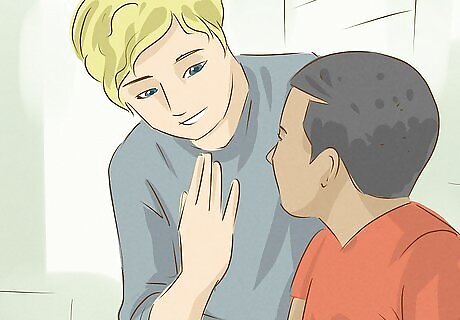
Notice unusual favoritism. Sometimes teachers develop an affinity for a few students they especially like. But a good teacher also respects professional boundaries and doesn't try to create much alone time with a student. Warning signs of unsafe favoritism include: Spending lots of time alone with the student (such as eating lunch together in the classroom), especially with the door closed Allowing the student to behave inappropriately Keeping secrets with the student Buying them presents that other students don't receive, or that the student isn't supposed to have

Take any sexualized language seriously. Teachers should not be referring to students or body parts with inappropriate language, and any use of these terms is a red flag. Any discussion of bodies or sexual development (e.g. during sex education) should be professional and developmentally appropriate; anything else is not okay. Keep watch for any of the following: Being unusually focused on a student's sexual development or dating life Making sexual jokes or comments to students, or within earshot of them Using unprofessional or sexualized terms to refer to body parts (e.g. "He was touching his d*ck") Calling students sexual terms or insults (e.g. hot, sexy, stud, wh*re, sl*t, f*ggot)
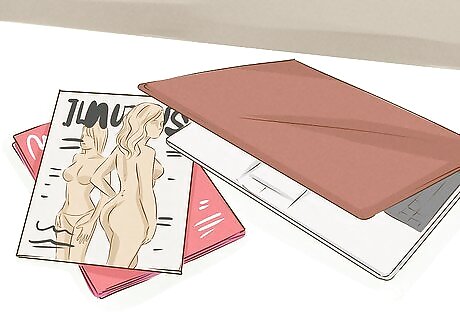
Note any non-physical forms of sexual abuse. If a teacher is exposing a student to sexual behavior or is forcing them to behave sexually, they are sexually abusing the student, even if the teacher hasn't touched them. These should be taken just as seriously as physical sexual abuse. Non-physical sexual abuse includes: Exposing themselves or another person to a student Making a student undress Encouraging sexual behavior, such as masturbation Showing students pornographic material, or leaving it where they can see Photographing a student nude and/or performing sexual acts

Notice the child's behavior for signs of sexual abuse. Sexual abuse can have physical effects, and often tends to have long-lasting emotional effects as well. Some common signs of sexual abuse include: Using age-inappropriate terminology or expressions Coming home with ripped, stained, or bloody undergarments Unusual or inappropriate sexual knowledge or play Inappropriate sexual behavior with other people Difficulty walking, difficulty sitting, or signs of pain in the genitals or anus Signs of UTIs, yeast infections, sexually transmitted infections, or pregnancy Avoiding or feeling threatened by physical contact Resisting undressingTip: Talk to your child about what kinds of touches are appropriate and which ones are inappropriate, that they're allowed to say "no" to touches they don't want, and make it clear that they should not be asked to keep secrets from you.
Noticing Troubling Behavior
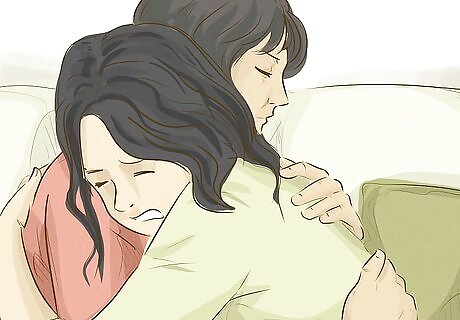
Pay attention if the child becomes newly resistant to attending school. If a child is being mistreated at school, they may verbally or nonverbally show signs of fear about going to school, or attempt to avoid it. Look for behaviors like: Making vague or confusing comments, like "I don't want to go in the calm-down room" Pretending to be sick, or going to the nurse to skip class Physical illness (e.g. stomachache, headache, vomiting) that a doctor can't find the cause of Saying the teacher will hurt them if they don't behave Crying, hiding, clinging, or acting out when it is time to go to school
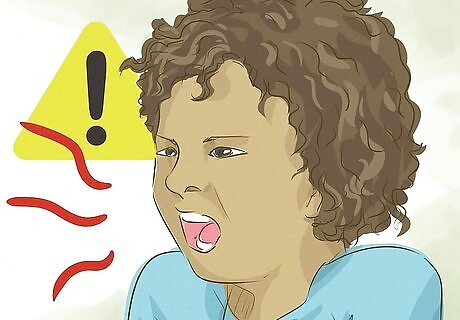
Pay serious attention if the child's behavior is "much worse" at school. Children may act out more when they don't feel safe. While school can be frustrating at times, if they act "like a different person" at school, then they're probably being mistreated. If a child is typically non-aggressive but you are getting reports of aggression at school, then something is seriously wrong at school. Sometimes the child acts passive during school and has an after-school meltdown at home. While this sign of stress doesn't always signal abuse, it does mean that the child may be having a hard time at school, so it's worth investigating in case a teacher knows what's going on. Excessive "acting out", meltdowns, tantrums, or aggression can also be a sign that their services, accommodations, or behavior plans are not working for them, or are not being used enough. Every time an incident occurs, ask if the teachers were following your child's behavior plan or accommodations.
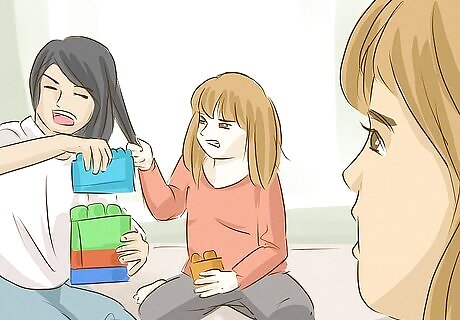
Be alert if your child develops behavior indicative of abuse. Kids tend to learn behavior from other sources, and may mimic abusive behavior going on around them. They may also start displaying behavior indicating that their needs are going unmet, or behavior associated with trauma or severe stress. Be on the lookout for: Acting rude, dismissive, or condescending (this behavior is often learned, and while it could be from other sources like a TV show, it could also be a sign that someone is treating the child this way) Repeating concerning or aggressive phrases Suddenly becoming averse to touch Developing repetitive behaviors or rituals, or increased/more agitated stimming (in children that already displayed repetitive behavior) Mimicking abuse in their play (e.g. "trapping" toys somewhere or "punishing" toys for being "bad") Hoarding food or water Physically or sexually aggressive behavior with others
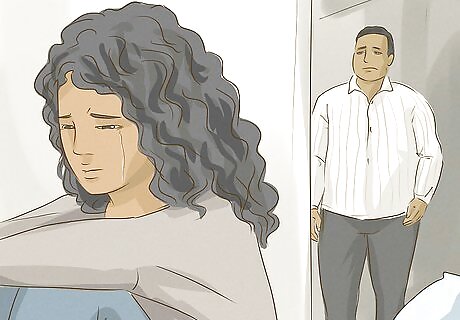
Notice signs of stress in the child, without jumping to conclusions about the cause. Stress can cause worrying changes in behavior. These changes may happen due to abuse, or there may be another major stressor in the child's life. Investigate what's wrong if you notice serious signs like: Withdrawing from social activities Changes in personality or behavior (such as becoming very passive or very aggressive) Changes in sleeping or eating Regression to "younger" behavior (such as bed-wetting) Reduced self-esteem Avoidance of adults Developing a stutter Attempts to run away Acting out Grades falling rapidly Self-harm or suicidal ideation

Look at how the teacher(s) talk to parents or caregivers about the child. While teachers can get frustrated with students at times, they still need to behave professionally and focus on helping the child instead of condemning them. A bad teacher may focus on blame and criticism while refusing to show empathy for the child. Calling the child names like "attention-seeking", "naughty," "unreasonable," or "manipulative" Telling the parents to punish the child more harshly or be stricter as a "helpful suggestion" Telling the parents not to comfort or help the child when they are upset Berating the parents for being too kind or lenient with the child

Notice if the teacher(s) are unwilling to work with parents or caregivers. A well-meaning teacher is always interested in doing what's best for the child, so they are open to hearing the parent's ideas about new ways to help the child. Reluctance or outright refusal to work together indicates a problem. For example, if the parent says "I can buy my child some fidget toys for school so that they stop ripping paper" and the teacher says "that's ridiculous," then that's not a good sign. There's no universal approach that works for teaching or supporting disabled students. A teacher shouldn't immediately write off your suggestions or requests as "they wouldn't work" or "your child isn't ready/capable".
Handling Suspected Abuse
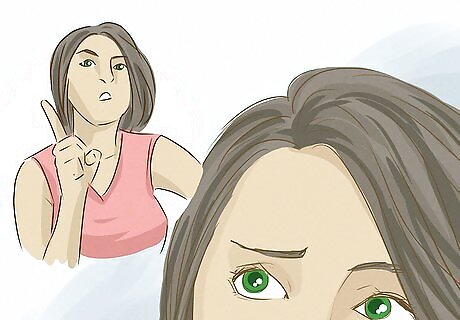
Avoid being confrontational or aggressive with the school. While it's understandable to be upset if you believe your child is being abused or bullied, it's important to stay as calm as you can. Resist any urge to confront the teacher over what they did, and focus on advocating for your child and keeping them safe.
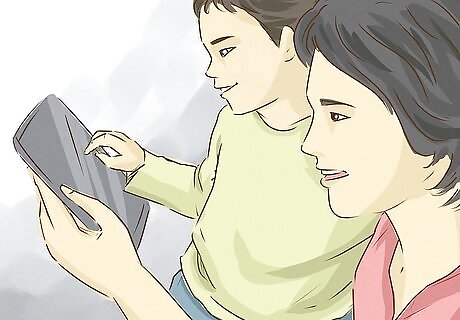
Encourage communication with your child, if they can communicate. Children who are abused in any way are often pressured not to tell, and may stay quiet due to the shame that can come with abuse. Encouraging open communication about feelings and what happens in school every day can help encourage your child to share anything concerning that happens. Every day, ask what happened at school. (This also gives an opening for talking in general.) If your child says their teacher is mean or doesn't like them, ask why they think that. If you notice that your child is injured, ask what happened. Investigate if your child seems to be acting out of character, like being more quiet or aggressive than usual. ("You seem frustrated/quiet/scared - is something bothering you?")

Document any signs or reports of abuse. If your child shows signs of abuse or tells you about abuse occurring, having a record of this is important so that you can take it higher up. Document it as soon as you hear about it or see it, and record the date it occurred. Write down or record anything your child tells you. Take pictures of any signs of physical abuse (bruises, ripped clothing, etc.). Bring your child to the doctor immediately if you see signs of physical or sexual abuse. Watch your child for signs of depression, anxiety, or trauma. Save any emails with your child's school. Back up your evidence in multiple places so you don't lose it.Tip: Children may change or retract their story if they're questioned too often or are told the abuse didn't happen. Try to document reported abuse quickly.
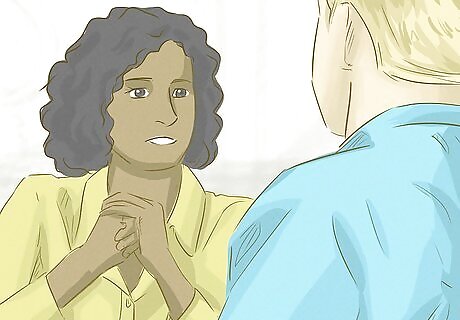
Talk to the teacher directly. If your child has difficulty communicating, or if it's not clear whether the teacher is abusive, you may have luck talking to the teacher about what's happening. Arrange a time to talk with your child's teacher, and discuss any concerning behavior or problems that your child has reported. Avoid being accusatory - give the teacher the opportunity to share their side of the story. "Malika seems to be scared of going to school. She's been crying a lot before and after school, and resists getting in the car in the morning. Is there something happening at school that could be stressing her out?" "Ali said that whenever he asks for help, you tell him to figure it out himself. It embarrasses him and has been hurting his schoolwork. What do you see during the day?"
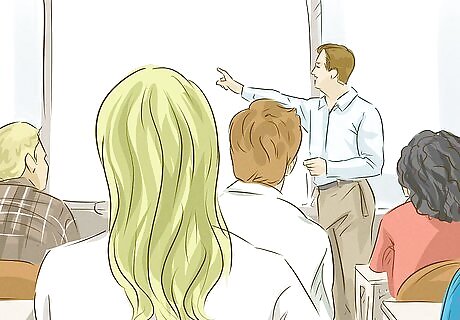
Investigate what happens during class. Finding out what happens on a normal school day may help you determine whether abuse is likely to be happening. Ask to sit in the classroom and observe. (Do this multiple times - a teacher will have a harder time covering up bad or abusive behavior for more than just a day.) Ask to review security footage of the room, if there is any. Put an audio recording device on a student's clothing.Warning: Look up the laws in your area before attempting to record audio or video in the classroom. In the US, recording without the other person's knowledge in a two-party consent state is illegal, and cannot be used as evidence in court.

Escalate your concerns. If you believe that your child is being mistreated or have evidence of abuse in the classroom, you need to address it with the appropriate avenues. Once you've documented evidence of abuse, you'll need to take it to whoever is the teacher's higher-up - typically, that's the principal. If that fails, continue to escalate until you get the response you need. Special education specialists, like your child's case manager The principal The school board (if the principal doesn't take appropriate action) Police or legal counsel (if there's evidence of physical or sexual abuse, or if the school board fails to act)

Consider changing your child's teacher or school. If your child's teacher is harming their progress or mental state, or is putting them in danger, it may be in their better interest to change them to a different classroom - or, in some cases, a different school. Look into different special education classes in their current school or at a new school, or consider a school specifically for students with disabilities. While it will take time, the right teacher will help your child learn and grow without fear.



















Comments
0 comment